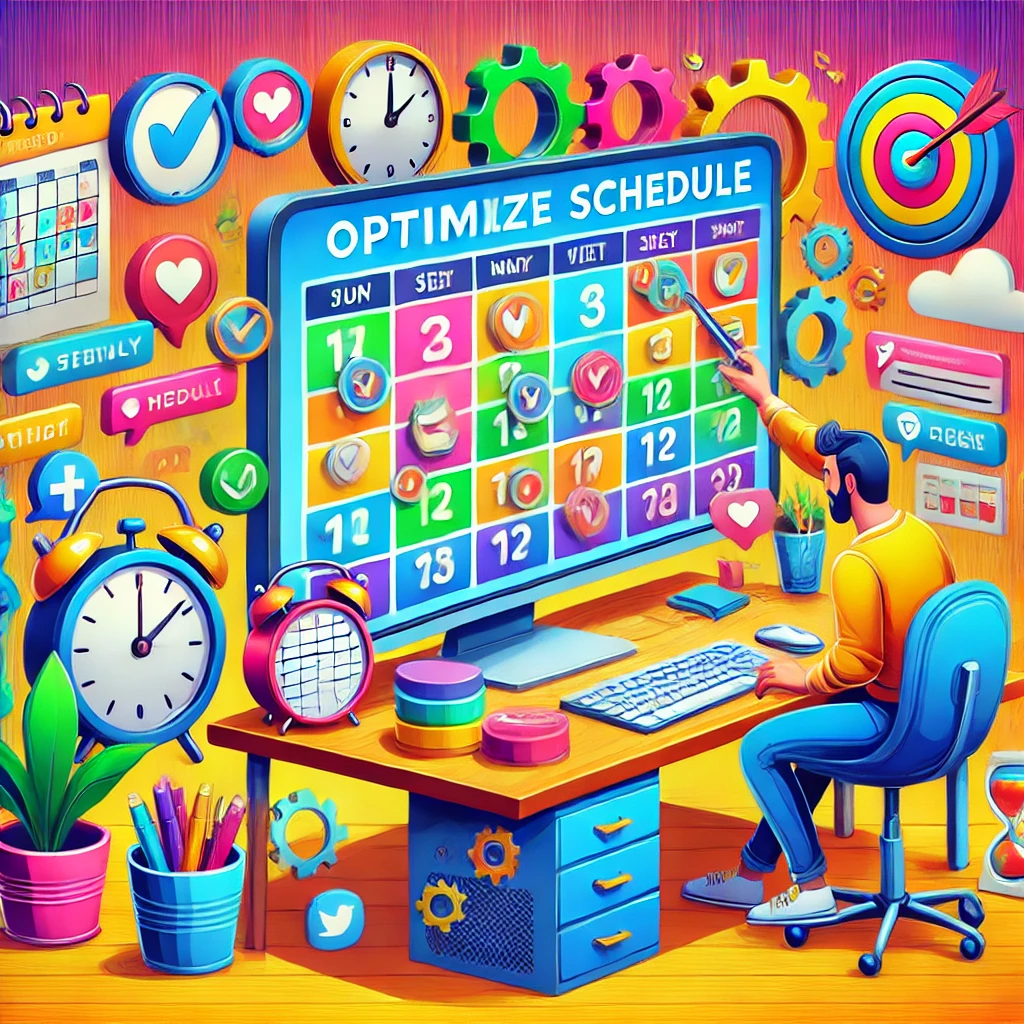Social media marketing has become an essential component of any business strategy. However, simply posting content is not enough; understanding and leveraging analytics is crucial to ensure that your efforts are effective and aligned with your goals. Analytics provide valuable insights into your audience's behavior, preferences, and the performance of your content, helping you make data-driven decisions. Here’s how analytics play a pivotal role in social media marketing and how you can use them to your advantage.
Understanding Your Audience
Analytics help you gain a deeper understanding of your audience. By examining demographic data, such as age, gender, location, and interests, you can tailor your content to better meet the needs and preferences of your followers. This ensures that your posts are relevant and engaging, leading to higher levels of interaction and loyalty.

Measuring Content Performance
One of the primary benefits of social media analytics is the ability to measure the performance of your content. Metrics such as likes, comments, shares, and clicks provide insights into what types of content resonate most with your audience. By analyzing these metrics, you can identify patterns and trends, allowing you to create more of the content that your audience loves.
Optimizing Posting Schedules
Analytics can reveal the best times to post on each social media platform. By understanding when your audience is most active, you can schedule your posts to go live during peak times, maximizing visibility and engagement. Using a social media scheduler integrated with analytics tools can help automate this process, ensuring your content reaches the largest possible audience at the optimal times.

Tracking Campaign Success
Analytics are essential for tracking the success of your social media campaigns. Key performance indicators (KPIs) such as reach, impressions, engagement rate, and conversion rate provide a clear picture of how well your campaigns are performing. This data allows you to assess the effectiveness of your strategies and make necessary adjustments to improve results.
Identifying Trends and Opportunities
By regularly analyzing your social media data, you can identify emerging trends and opportunities. Whether it's a new content format that’s gaining popularity or a topic that’s trending within your industry, staying on top of these trends allows you to capitalize on them quickly. This agility can set you apart from competitors and position your brand as a leader in your field.
Enhancing Customer Service
Social media analytics can also enhance your customer service efforts. By monitoring mentions, comments, and messages, you can identify common questions or issues your customers are experiencing. This allows you to address concerns promptly and improve your overall customer service strategy.

Refining Your Strategy
The ultimate goal of using analytics is to refine and improve your social media strategy. By continually analyzing your data, you can identify what’s working and what’s not, allowing you to make informed decisions and optimize your approach. This iterative process ensures that your social media marketing efforts are always evolving and improving.
Frequently Asked Questions
1. What are the key metrics to track in social media analytics?
Key metrics to track include engagement (likes, comments, shares), reach, impressions, clicks, conversion rate, and audience demographics. These metrics provide a comprehensive view of your content’s performance and audience behavior.
2. How often should I review my social media analytics?
It’s advisable to review your social media analytics regularly, such as weekly or monthly. This allows you to stay updated on your performance and make timely adjustments to your strategy.
3. How can I use analytics to improve my posting schedule?
Analytics can show you when your audience is most active on each platform. By scheduling your posts during these peak times, you can increase visibility and engagement. Use a social media scheduler with built-in analytics to automate this process.
4. What tools can I use to track social media analytics?
There are many tools available for tracking social media analytics, including native platform analytics (e.g., Facebook Insights, Twitter Analytics), and third-party tools like Hootsuite, Buffer, Sprout Social, and Google Analytics.
5. How can analytics help me with social media advertising?
Analytics can help you optimize your social media advertising by providing insights into which ads are performing best, what type of content your audience responds to, and how you can allocate your budget more effectively. This data-driven approach ensures a higher return on investment (ROI) for your ad campaigns.
6. Can analytics help me understand my competitors?
Yes, many analytics tools offer competitive analysis features that allow you to monitor your competitors’ social media activity, engagement levels, and content strategies. This information can help you identify gaps in your own strategy and discover new opportunities.
By leveraging social media analytics, you can transform your social media marketing efforts from guesswork into a strategic, data-driven approach. This not only enhances your ability to engage with your audience but also ensures that your social media activities are aligned with your overall business objectives. Use analytics to continuously refine your strategy, maximize your results, and stay ahead in the competitive social media landscape.



